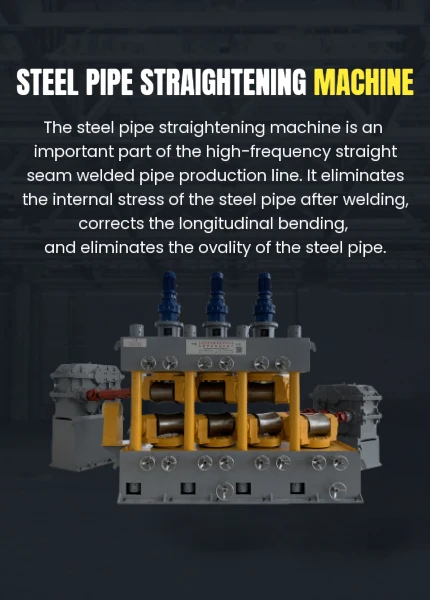rotary shear shredder
The Rotary Shear Shredder An Essential Tool for Waste Management
In an era where waste management is becoming increasingly crucial due to environmental concerns, industries are on the lookout for efficient solutions to handle and recycle materials effectively. One innovative piece of equipment that has gained prominence in waste processing is the rotary shear shredder. This powerful machine plays a pivotal role in reducing the volume of waste, enhancing recycling processes, and promoting sustainable practices.
What is a Rotary Shear Shredder?
A rotary shear shredder is a type of industrial shredder designed to process a wide range of materials, from wood and metals to plastics and electronic waste. The machine consists of two or more rotating blades that work in synchrony to cut and shred materials into smaller, manageable pieces. The design enables it to handle tough and bulky materials, making it exceptionally versatile in various sectors, including recycling, waste processing, and manufacturing.
Working Principle
The core mechanism of a rotary shear shredder involves the use of rotating shafts equipped with sharp blades or knives. As materials are fed into the machine, these blades rotate at high speeds, generating shear forces that efficiently slice through the input material. The unique design allows for multiple shredding actions; materials are not only cut but also crushed, ensuring they are reduced to uniform sizes. This process not only simplifies transportation and storage but also prepares materials for further processing, such as shredding or granulation.
Key Benefits
1. Efficiency in Waste Reduction One of the primary benefits of rotary shear shredders is their ability to significantly reduce the volume of waste. By minimizing the size of materials, businesses can save on disposal costs while facilitating easier handling and transportation.
rotary shear shredder

2. Versatility Rotary shear shredders are incredibly versatile and can efficiently process a wide range of materials. From hard and bulky objects to lightweight plastics, these machines can tackle various types of waste, making them a favored choice across different industries.
3. Enhanced Recycling Processes By breaking down materials into smaller pieces, rotary shear shredders play a crucial role in the recycling process. Smaller materials can be easily sorted, cleaned, and processed into recyclable materials, paving the way for more efficient recycling operations and promoting a circular economy.
4. Environmental Impact Using a rotary shear shredder reduces the amount of waste sent to landfills, thus lowering environmental pollution. It also aids in the recovery of valuable materials from waste streams, significantly contributing to resource conservation.
5. Safety Features Modern rotary shear shredders come equipped with advanced safety mechanisms to protect operators during the shredding process. Features such as emergency stop buttons, safety guards, and automatic shut-offs enhance the machine's safety, enabling it to be used securely in industrial settings.
Applications
Rotary shear shredders are used in various applications, reflecting their adaptability and efficiency. In recycling facilities, they are employed to process mixed materials, including plastics, metals, and paper. They are also utilized in the automotive industry to shred end-of-life vehicles (ELVs) for material recovery. Additionally, these machines are increasingly used in municipal waste facilities to handle organic waste and other refuse, streamlining the waste management process.
Conclusion
The rotary shear shredder is a vital tool in today’s waste management and recycling landscape. Its ability to efficiently reduce waste volume, enhance recycling processes, and promote sustainability makes it indispensable for industries striving to meet environmental regulations and operational efficiencies. As more companies recognize the importance of effective waste management, the rotary shear shredder is bound to remain at the forefront of innovations in this vital field. By investing in such technology, organizations can not only improve their bottom line but also contribute to a more sustainable future.
-
High Frequency Straight Seam Welded Pipe Production Line-BzZhou Xinghua Machinery Equipment Manufacturing Co., LTD.|line pipe steel&welded gas pipeNewsJul.30,2025
-
High Frequency Straight Seam Welded Pipe Production Line-BzZhou Xinghua Machinery Equipment Manufacturing Co., LTD.|High Precision&Automated SolutionsNewsJul.30,2025
-
High Frequency Straight Seam Welded Pipe Production Line - BzZhou Xinghua Machinery Equipment Manufacturing Co., Ltd.NewsJul.30,2025
-
High Frequency Straight Seam Welded Pipe Production Line-BzZhou Xinghua Machinery Equipment Manufacturing Co., LTD.|Precision Welding, High EfficiencyNewsJul.30,2025
-
High Frequency Straight Seam Welded Pipe Production Line|BzZhou Xinghua|Precision Welding&EfficiencyNewsJul.30,2025
-
High Frequency Straight Seam Welded Pipe Production Line - BzZhou Xinghua|Precision Engineering&EfficiencyNewsJul.30,2025


